TechnoSchool helps you put in place the STEM & Robotics Lab in school. We aim to teach students about the latest tech and innovations. It builds creativity, critical thinking, and problem-solving. Trusted by top schools in India, our curriculum has changed how more than 10 lakh students study.
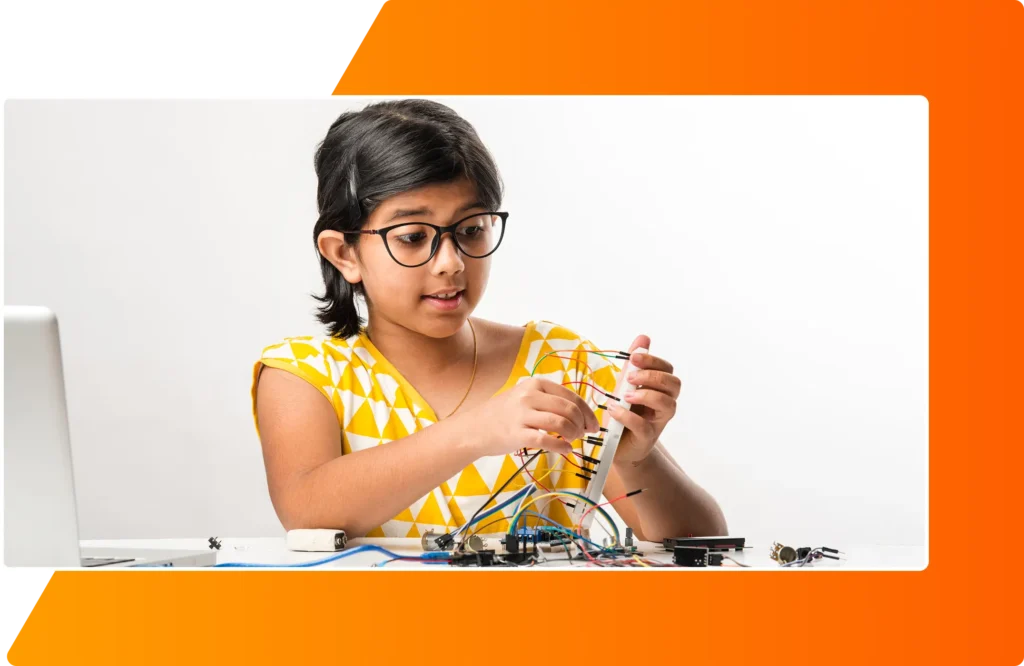
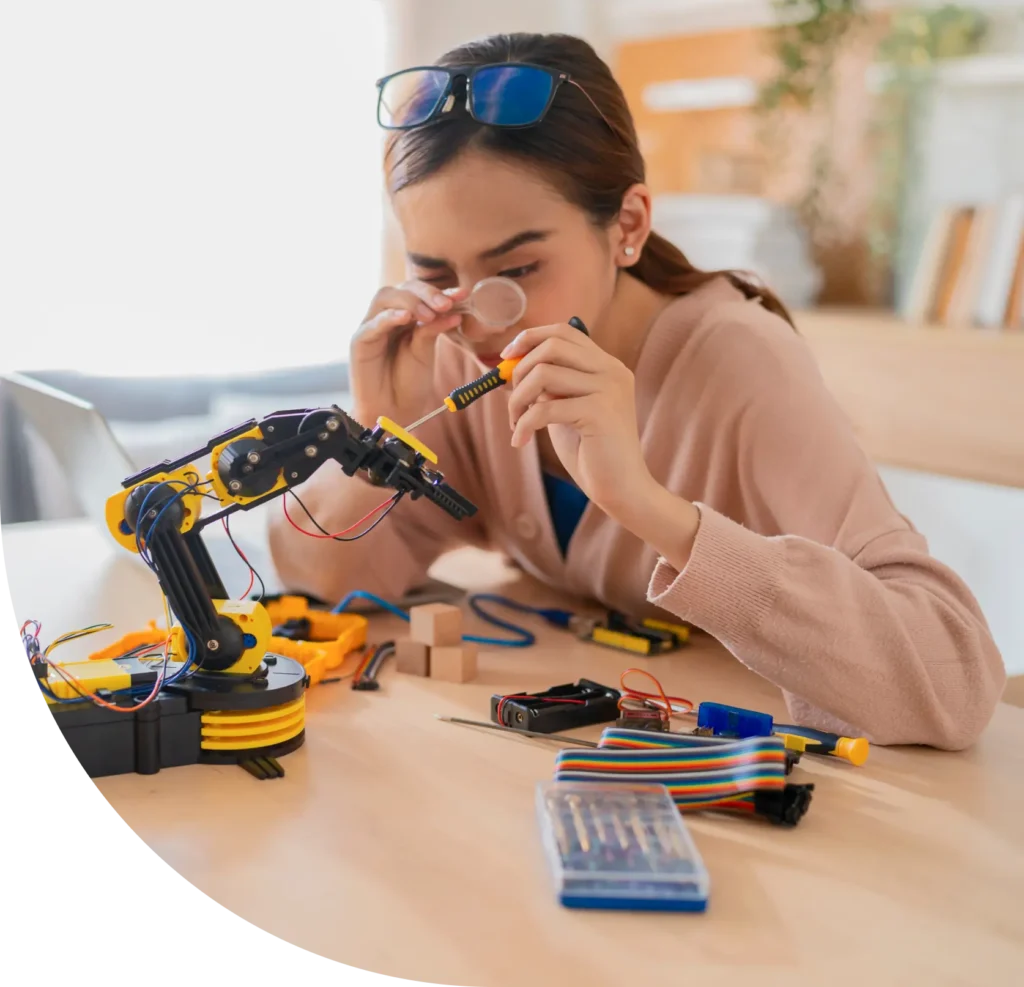
STEM is an umbrella term for the group of science, tech, engineering, and math. STEM education is the branch that emphasizes critical thinking and problem-solving. STEM & robotics lab for schools is what makes it a reality. These labs make the school curriculum more than textbooks—practical knowledge for the real world.
Our advanced robotics labs for schools in India have honed students’ skills. Schools that work with them have improved student retention & readiness.
STEM technologies have played an integral role in all industry revolutions. A robotic lab for kids means you are creating future industry changers.
Mechanization, steam power, weaving loom
Mass production, assembly line, electrical energy
Automation, computers, and electronics
Cyber-physical systems, Internet of Things (IoT), Networks
TechnoSchool has been widely accepted as the best solution for STEM & Robotics integration by schools across India.
TechnoSchool's STEM curriculum has been accredited by one of the biggest STEM education research and credentialing organizations in America.
TechnoSchool offers the most innovative tools, such as metal-based kits, block-based coding platforms, and IoT integration, to develop students' 21st-century skills.
Our curriculum emphasizes practical experience and hands-on learning to develop skills, so every STEM period includes an engaging project.
Our work does not end after we deliver you the curriculum. We provide year-round teacher training, technical assistance, and expert mentorship to help schools integrate STEM smoothly.
We do not believe in one-size-fits-all when we are offering STEM curriculums to schools. We offer you custom curriculums that help you integrate STEM and deliver top-quality education.
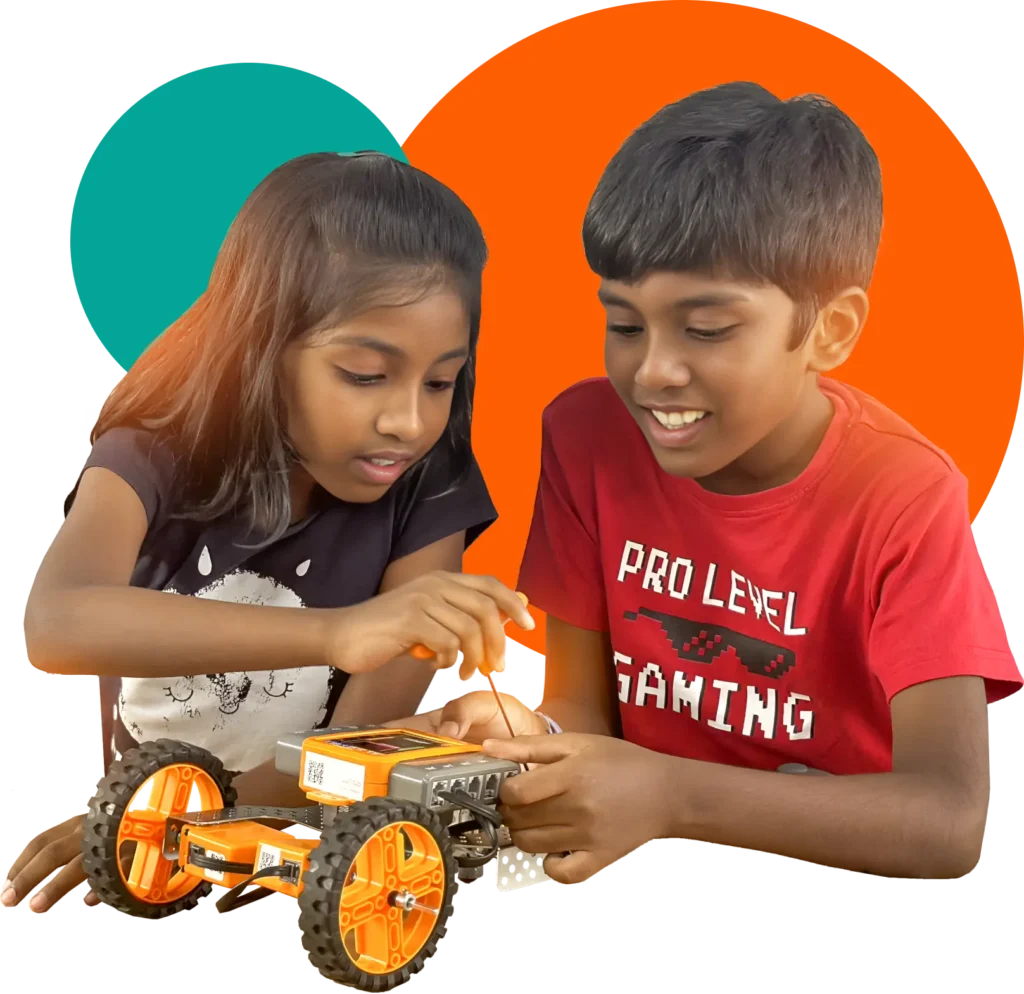
Robotics kits, AI labs for school & coding platforms
The STEM curriculum is well-structured, easy to follow and consists of 2 Curriculum & lesson plans.
Empowering educators STEM expertise
Ongoing support for smooth program implementation
Encouraging Students to Participate in Global STEM Competitions
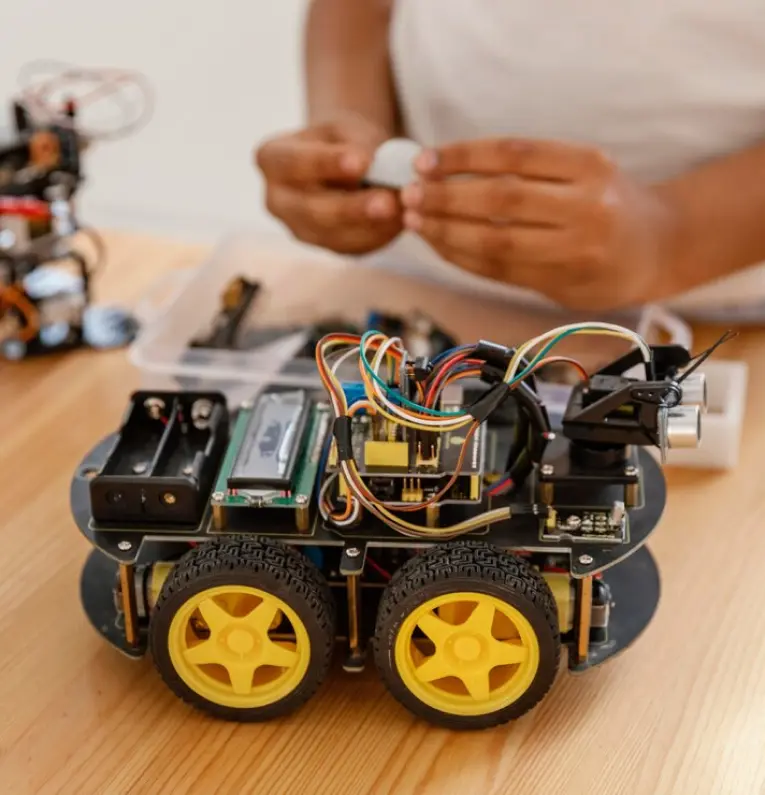
Design, build and program robots

Hands-on Experience with AI & IoT Technologies

We do an AI lab setup in school for machine learning and automation

Experiment and innovate while developing critical thinking skills
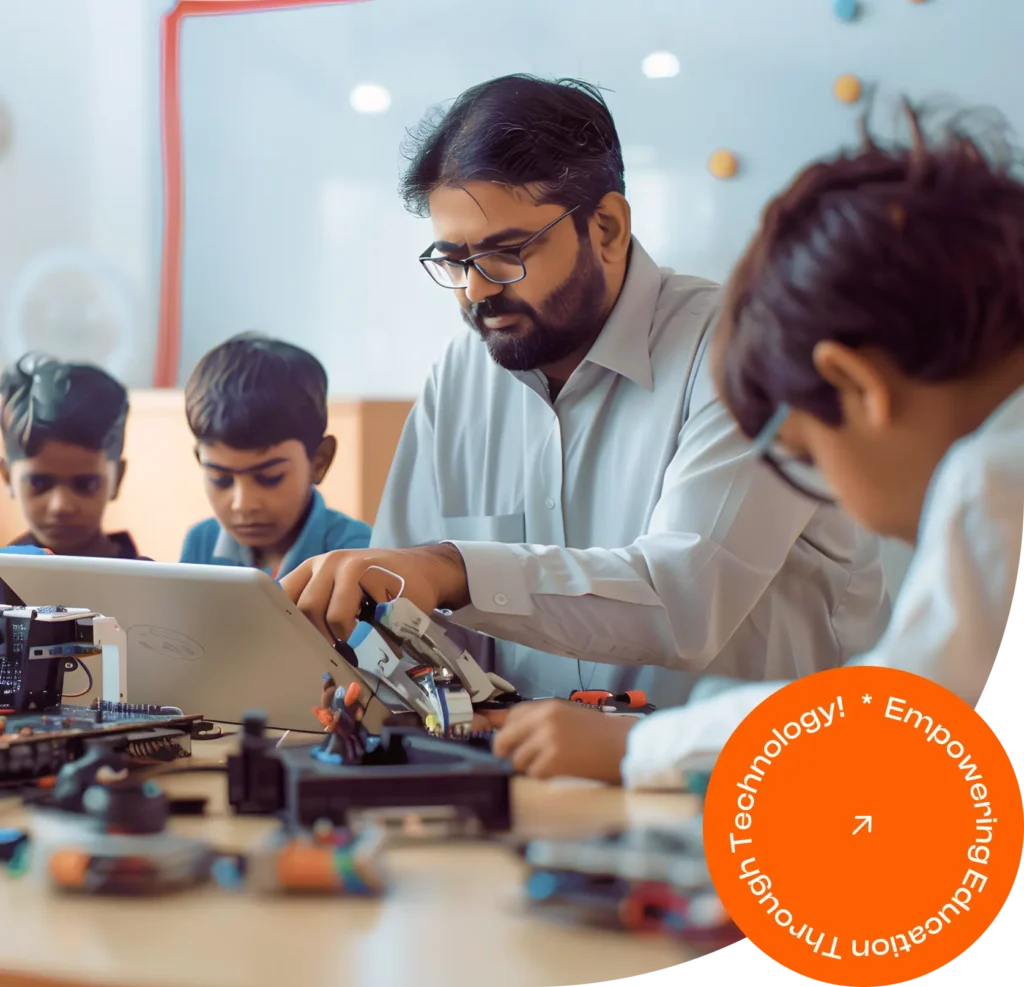
A robotics lab for kids in school in India helps them see education come to work. It encourages them to create, construct, and program smart machines. A robotics lab in school plays a key role in this process. Robotics makes students better coders, engineers, and automators. And above all, better team players and logical thinkers.
Our approach helps students become better at innovation. It prepares them for modern tech careers like AI roboticists. Our labs foster problem-solvers and digital creators.

Upgrade Your School’s ICT Curriculum & Prepare Students for a Tech-Driven Future!
Let’s Discuss Your School’s Needs – Schedule a Free Consultation Now!

TechnoSchool was incorporated in the year 2005 by a group of young IT Engineers with zeal to provide a quality computer Education at an affordable cost for schools who were about to make the choices.
© 2025 Technoschool | Made with love by Mediagarh ❤️